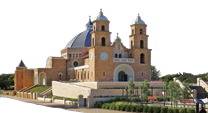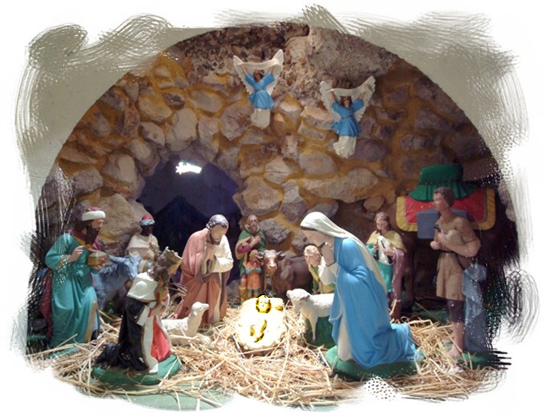Extract from an article in the BOGNOR REGIS OBSERVER
John Cyril Hawes, who was born in 1876 in Richmond, constructed the White Tower at No. 16 Aldwick Road. John was the third son of a solicitor and he had two brothers. His parents were quite stern Evangelical Church of England members and thus he was brought up within a religious family partaking in regular family prayers. The family spent their summer holidays in both Bognor and Littlehampton. His boyhood interests included history, architecture and drawing. Following his early schooling in Brighton he eventually went to King's College in Cambridge. Even in 1889 he had a leaning towards the church, but his father wanted him to become an architect.
He was eventually articled to a London company named Edmerton & Gabriel where he continued to study handicrafts at the L.C.C. Arts and Crafts Society. His brother became a solicitor in Chichester and was instrumental in introducing John to Frederick Harfield, who was a Bognor builder and Estate Agent.
In 1897 John Cyril Hawes celebrated his 21st birthday on 7th September and also became his own master and started work on his own premises, which included several cottages and a 'curious looking building he named The White Tower.' This was to be a seaside house for himself and his brothers. The plan was to build a tower, which would enable him to look over the seafront hotels known locally as 'The Rock Buildings' and have a view of the sea. Another report remarked that John greatly admired the architect Charles Voysay ' who designed the present Bognor Town Hall.
His work as an architect continued and in 1898 he made a model of an imaginary church for the Royal Academy Exhibition and received much praise for his work. His religious background was gaining strength and he regularly attended evensong at a London Church. One evening when returning to Bognor he went into the Church of St. Thomas where Canon Rhodes-Bristow was speaking about vocation. John was very keen to become a missionary in Africa. The following morning he went to London and visited the offices of the University Mission to Central Africa, to request an interview. Sadly he was turned down on medical grounds, but was granted permission to design a church at Gunnerton in Northumberland.
At this time he started his training for church life at the Lincoln Theological College and John was finally ordained as an Anglican priest and became a junior curate at the Church of the Holy Redeemer in Clerkenwell, London. Eventually in 1908 he travelled to the Bahamas as a Protestant minister and noticed that there were only two structures that had not been damaged by a recent hurricane, fire or the local termites. John Hawes then introduced a new concept of building to the islands, by reverting to medieval methods of placing stone upon stone, and erecting ancient Roman arches for the stone roofs. During his stay he rebuilt other churches. Eventually in 1911 he was to be received into the Roman Catholic Church on the Hudson River, New York.
By 1915 John became a Catholic priest and went to Western Australia arriving at Mount Magnet, Geraldton. This was an extensive area of over 42,000 square miles where there had been a gold rush, which had brought the influx of Irish Catholics for him to administer to. John returned to England in 1920 for a six month period. He was created a Monsignor in 1937 and again returned to England in 1939 travelling via Rome where he asked permission to adopt the life of a hermit and his wish to carry out some mission work in the Bahamas. This was granted and during the period 1940 to the 1950's he constructed numerous buildings and became a celebrity on Cat Island. A magazine named 'Collier's Magazine' described John Cyril Hawes as 'one of the most fascinating builders in the world.'
The article concluded with:
When you next travel past The White Tower remember that this was the first construction of a man who was referred to in 1950 by the acting Bishop Bonaventure Hanseon as 'he is our Christopher Wren. Tourists will be coming to look at his buildings a thousand years from now. This will occur I am sure around the world, especially in Australia and the Bahamas.' Here in Bognor Regis we have a very unusual building that consists of four floors, which has outwardly not changed, although the surroundings have and new constructions have taken away much of the view that John designed his seaside cottage to enjoy. Next time I take a group of people around the town on a Local History Walk, I will now be able to comment on the Heritage Trail of his work in Australia. Worlds apart ' just one architect.
Written and contributed by Sylvia Endacott, Local Historian
Bognor Regis - England - 18th May, 2006
www.bognor-local-history.co.uk



















